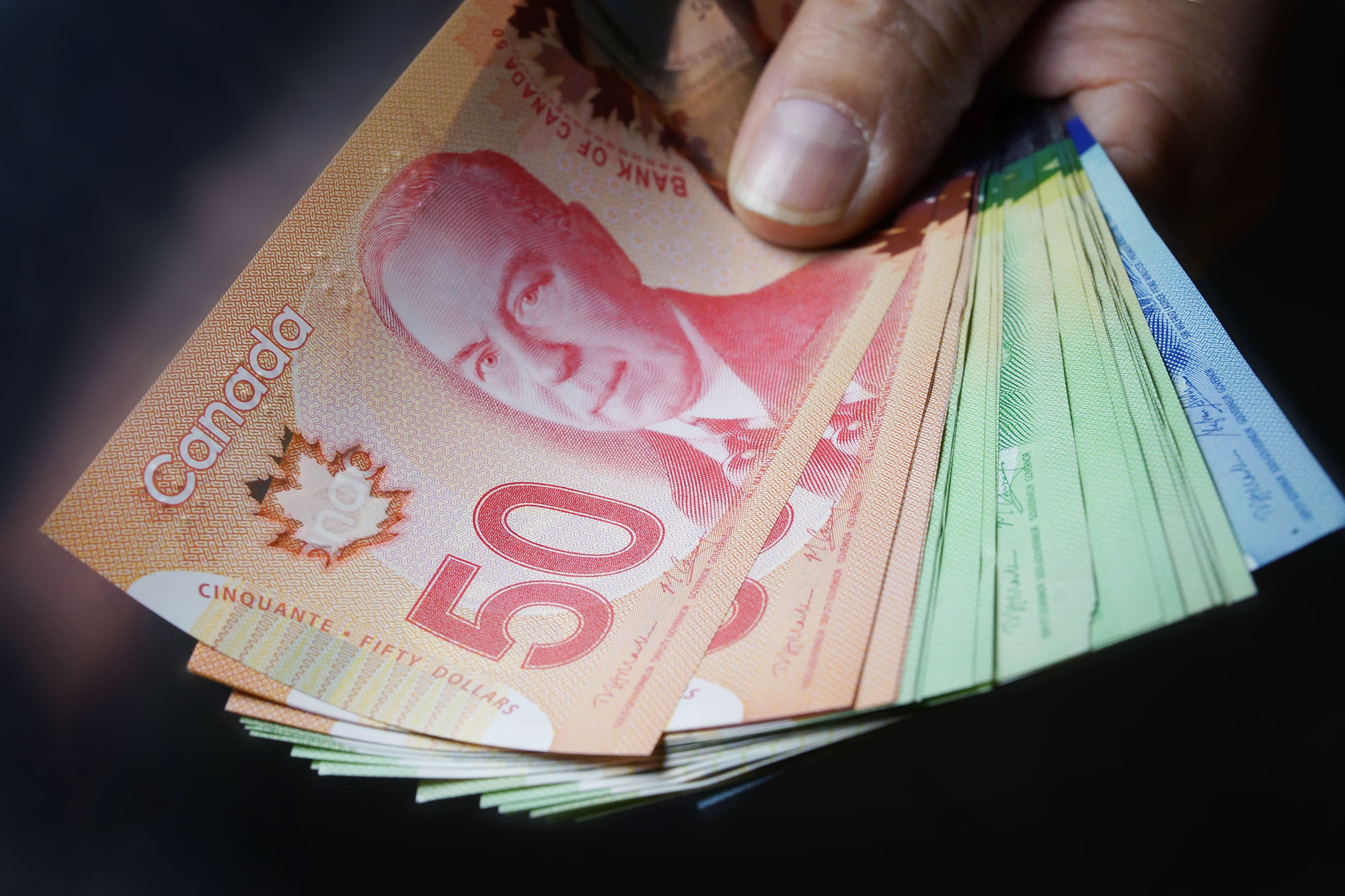Unlock needed capital
A client of mine was thinking about selling his mid-sized manufacturing firm and was wondering about what to do about the real estate asset—a large factory and receiving building from which the business operated.
My advice: cash out the real estate now, but continue to run the business until it’s time to hand the reins over and retire.
In commercial real estate parlance, this process is known as a sale and leaseback; whereby the owner (in this case, the business) sells the property and then leases it back from the buyer at a rental rate and lease term agreed to by the new owner. In most cases, these rents are at market rates.
Potential buyers for such properties include real estate investment trusts (REITs), institutional investors, or any other individual real estate investor or group of investors.
So, why do this? If you own a business and own the premises, why not sit tight until it’s time to sell off the entire operation and shed all the assets at once?
Simple: the early sale process can free up a lot of capital.
While traditional mortgage debt financing rarely frees up more than 70% of the equity locked in a piece of real estate, a sale and leaseback can free up 100%. That’s a significant increase in capital for a business owner who needs cash to redeploy into the core of their businesses, purchase new equipment, invest in new opportunities, or focus on growth strategies. And, because the leaseback agreement is in place before the sale is consummated, business owners can make the sale while still retaining the use and control of the real estate assets.
In some circumstances, like those of my client, a sale and leaseback allows the business’s shareholders to take a few chips off the table prior to selling the firm or handing it down to the next generation. It can be a smart move if real estate markets are projected to slip, or if there’s no better option for scaring up free cash to spend on improvements to the business’s operations to ready it for sale. In many cases, a lump sum of equity reinvested into the business ends up yielding greater returns than would have been generated by the real estate asset at the time the business is sold.
And, there’s more. For accounting purposes, a sale and leaseback can help the business pay down, or pay off, existing debt and remove it from the balance sheet while still maintaining control of the property. Since the business will lease the property, it can defer a good chunk of the corporate tax liability caused by the appreciation of the real estate over time.
Further, leasing has advantages. In this case it lets the business write off the full rental payment each month as a legitimate business expense on annual tax returns. That option contrasts nicely versus only being able to write off the interest portion of a mortgage payment. And, when preparing the business for sale, a bigger write off can really pad up the bottom line.
My client was able to negotiate a flexible lease for 10 years and three consecutive renewal options, and sees himself running the business for five more years prior to a sale. The buyer, meanwhile, was an institutional investor whose main objective was to see return on the investment from rental revenue. He leveraged the real estate by obtaining debt that was priced lower than the asset yield. So both my client and the investor got a great deal, a nice outcome in any industry or transaction.
BOX
Five reasons this strategy works:
1. Frees up capital locked up in the real estate that can be reinvested in business upgrades.
2. Those improvements mean you can sell the business for more later on.
3. A sale frees up 100% of capital, whereas mortgage financing frees 70% or less.
4. Lets you pay off existing debt and improve the balance sheet.
5. Lease payments can be written off as a business expense.
M. Will Fischtein, JD, MBA, is the President and Broker of Record of Beacon Corporation, Brokerage, a commercial real estate brokerage and a business intermediary specializing in commercial real estate combined with the sale of businesses in Toronto.
